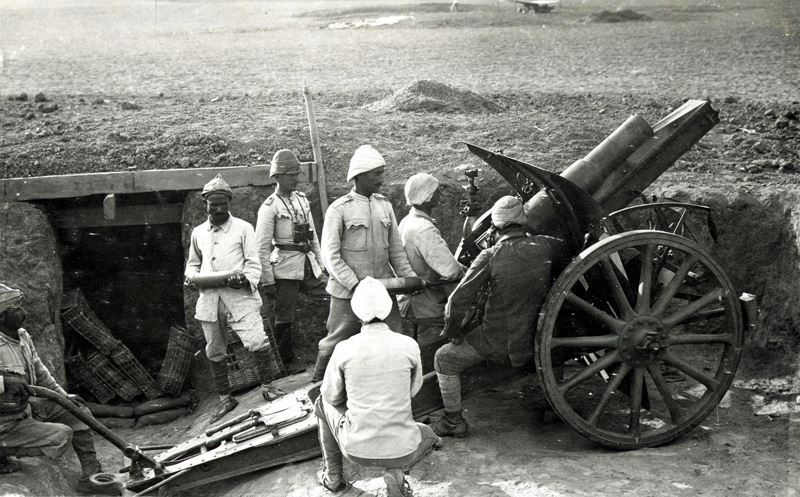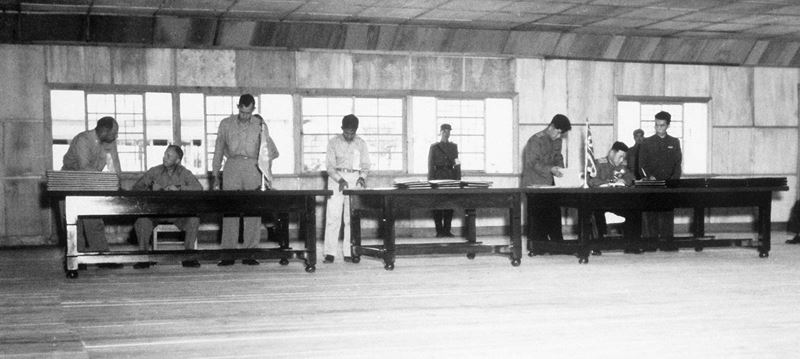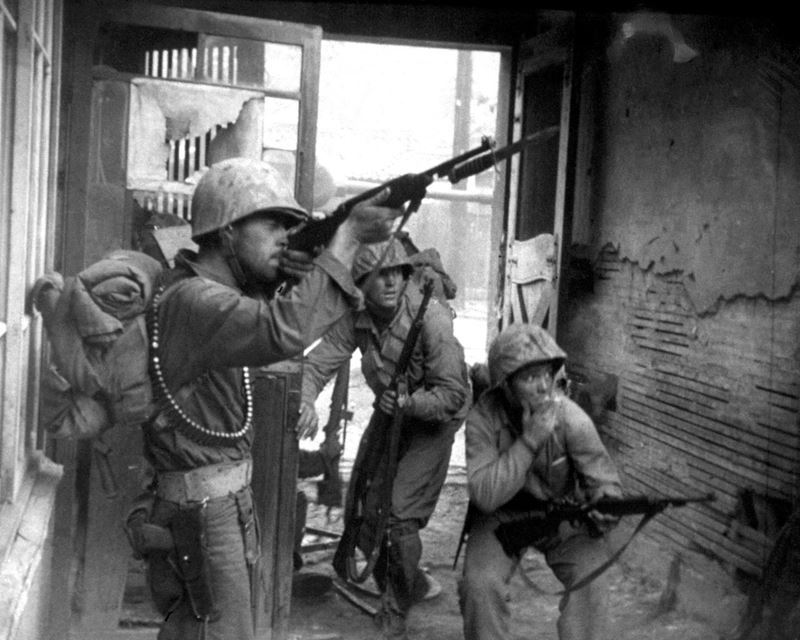
Sinai and Palestine Campaign
The Sinai and Palestine campaign of the Middle Eastern theatre of World War I was fought by the Arab Revolt and the British Empire, against

The Sinai and Palestine campaign of the Middle Eastern theatre of World War I was fought by the Arab Revolt and the British Empire, against

The Townshend Acts met stiff resistance in the colonies, and public opposition to them was widely debated in colonial newspapers. Opponents of the Acts gradually

The final battle between Diệm’s VNA and the Bình Xuyên began on April 28 at mid-day.[1] After initial small-arms fire and mortar exchanges, the VNA

“No taxation without representation” is a political slogan that originated in the American Revolution, and which expressed one of the primary grievances of the American

Table of Contents Operation Vulture was the name of a US operation planned to rescue French troops from a B-29 raid into the Philippines during

Table of Contents A History of the Korean Demilitarized Zone The Korean Demilitarized Zone is a strip of land running across the Korean Peninsula that

The Korean Armistice Agreement is an armistice that brought about a complete cessation of hostilities of the Korean War. It was signed by United States

The X Corps entered Seoul the morning of September 25th. By mid-afternoon, elements of the 7th Infantry Division crossed the Han River and captured Namsan